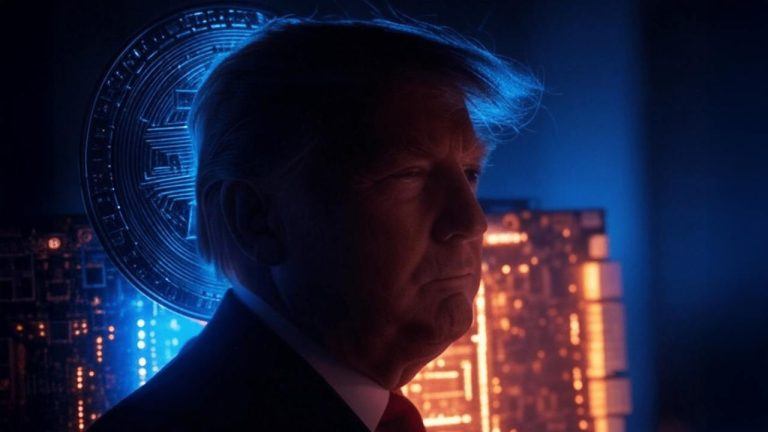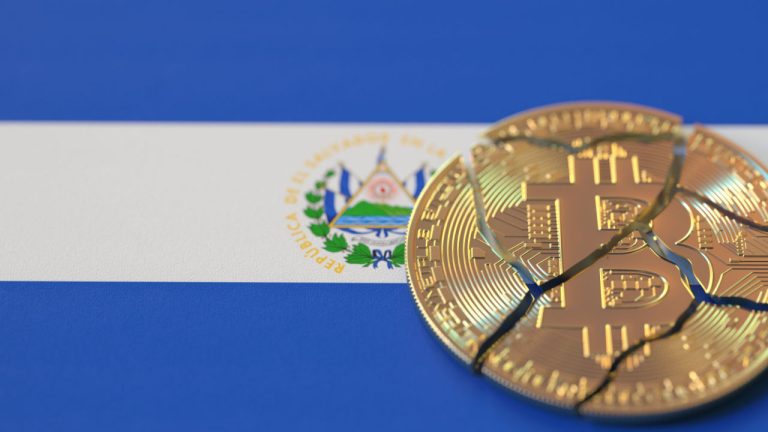
Data hints that new all-time highs are on the way, even if Bitcoin struggles to gain above $92,000.
Bitcoin (BTC) has been trading within a narrow 7% range since Nov. 12, signaling a period of consolidation around $91,000. Still, derivatives indicate that professional traders remain confident in the bull market. Additionally, multiple attempts to break above the $92,000 level suggest strong buying demand beyond the multiple MicroStrategy BTC acquisitions.
Bitcoin 30-day options 25% skew (put-call) at Deribit. Source: Laevitas.ch
The BTC options delta skew has dropped to its lowest level in four months, indicating the market is pricing a discount for put (sell) options. Levels below -6% suggest bullish sentiment and reflect confidence in the $87,000 support level, particularly from whales and arbitrage desks.












